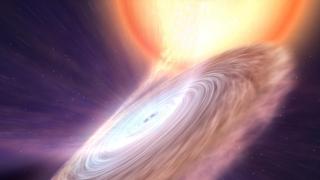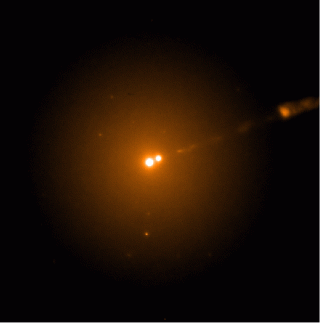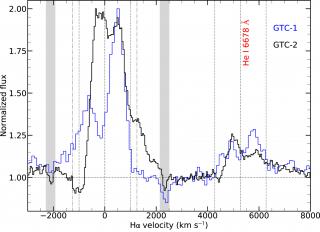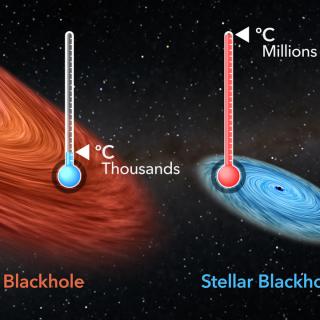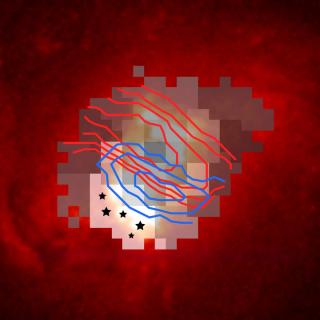
Patricia Bessiere, a researcher at the Instituto de Astrofísica de Canarias (IAC), has led research which has used data from the KECK telescope in Hawaii to understand the impact that active galactic nuclei have on star formation in their host galaxies. The results are published today in the journal Monthly Notices of the Royal Astronomical Society Letters. One of the key questions that astronomers are trying to answer is ‘Why do galaxies look the way they do?’. Computer simulations of how galaxies formed and evolved suggest that there should be many more very large galaxies than we actually
Advertised on
